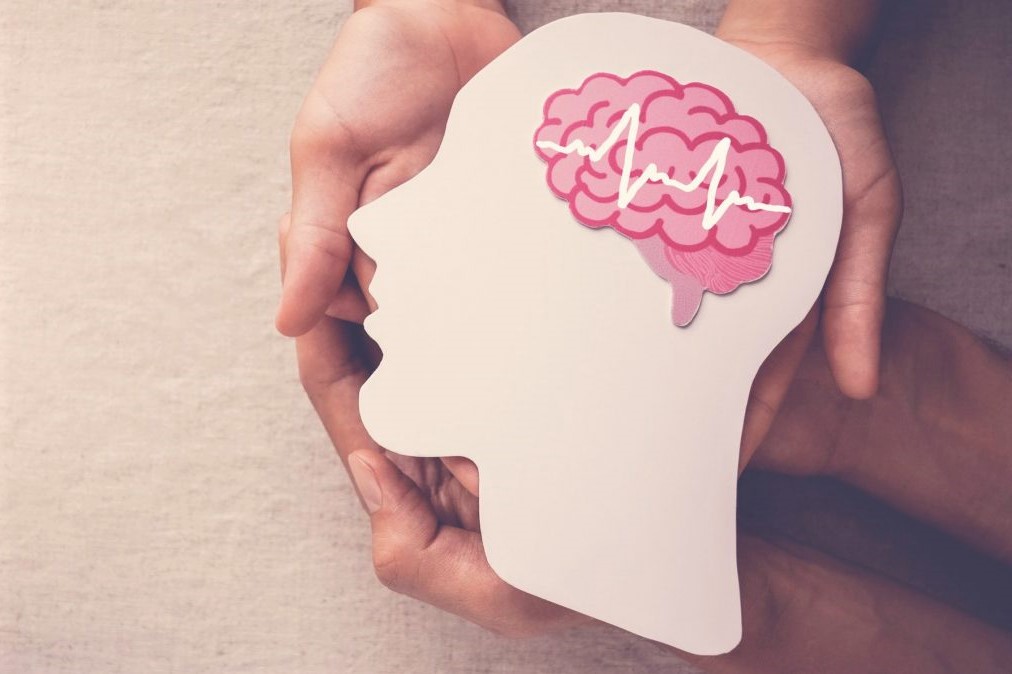
The drug gabapentin may promote functional recovery after a stroke: the US study from Ohio State University
The drug gabapentin, currently prescribed to control seizures and reduce nerve pain, may enhance recovery of movement after a stroke by helping neurons on the undamaged side of the brain take up the signaling work of lost cells, new research in mice suggests
The experiments mimicked ischemic stroke in humans, which occurs when a clot blocks blood flow and neurons die in the affected brain region.
Results showed that daily gabapentin treatment for six weeks after a stroke restored fine motor functions in the animals’ upper extremities
Functional recovery also continued after treatment was stopped, the researchers found.
The Ohio State University team previously found that gabapentin blocks the activity of a protein that, when expressed at elevated levels after an injury to the brain or spinal cord, hinders re-growth of axons, the long, slender extensions of nerve cell bodies that transmit messages.
“When this protein is high, it interferes with neurological recovery,” said lead author Andrea Tedeschi, assistant professor of neuroscience in Ohio State’s College of Medicine.
“Imagine this protein is the brake pedal and recovery is the gas pedal. You can push on the gas pedal but can’t accelerate as long as you’re also pushing on the brake pedal,” Tedeschi said.
“If you start lifting the brake pedal and continuously press on the gas, you can really speed up recovery.
We think that is gabapentin’s effect on neurons, and there is a contribution of non-neuronal cells that tap into this process and make it even more effective.”
The study is published today (May 23, 2022) in the journal Brain.
This work builds upon a 2019 study in which Tedeschi’s lab found in mice that gabapentin helped restore upper limb function after a spinal cord injury
The primary treatment focus after an ischemic stroke is re-establishing blood flow in the brain as quickly as possible, but this research suggests that gabapentin has no role at that acute stage: The recovery results were similar whether the treatment started one hour or one day after the stroke.
Instead, the drug’s effects are evident in specific motor neurons whose axons carry signals from the central nervous system to the body that tell muscles to move.
After the stroke in study mice, the researchers observed, neurons on the undamaged, or contralateral, side of the brain began sprouting axons that restored signals for upper extremity voluntary movement that had been silenced by neuron death after the stroke.
This is an example of plasticity, the central nervous system’s ability to fix damaged structures, connections and signals.
“The mammalian nervous system has some intrinsic ability to self-repair,” said Tedeschi, also a member of Ohio State’s Chronic Brain Injury Program.
“But we found this increase in spontaneous plasticity was not sufficient to drive recovery.
The functional deficits are not so severe in this experimental model of ischemic stroke, but they are persistent.”
Neurons after an injury have a tendency to become “hyperexcited,” leading to excessive signaling and muscle contractions that may result in uncontrolled movement and pain.
While the neural receptor protein alpha2delta2 contributes to the development of the central nervous system, its overexpression after neuronal damage means it hits the brakes on axon growth at inopportune times and contributes to this problematic hyperexcitability.
This is where gabapentin does its work: inhibiting alpha2delta1/2 subunits and enabling post-stroke central nervous system repair to progress in a coordinated way
“We blocked the receptor with the drug and asked, will even more plasticity occur? The answer is yes,” Tedeschi said.
Because a technique that temporarily silenced the new circuitry reversed behavioral signs of recovery, Tedeschi said the findings suggested the drug normalizes conditions in the damaged nervous system to promote cortical reorganization in a functionally meaningful way.
Compared to control mice that did not receive the drug, mice that received six weeks of daily gabapentin treatment regained fine motor function in their forelimbs.
Two weeks after treatment was stopped, researchers observed, functional improvements persisted.
“This confirmed that functional changes are solidified in the nervous system,” Tedeschi said.
Gabapentin also appeared to have an effect in the stroke-affected brain on non-neuron cells that influence the timing of message transmission
An examination of their activity after the drug treatment suggested these cells can dynamically change their behavior in response to variations in synaptic communication, further enabling smooth sprouting of axons that were compensating for the lost neurons.
The team is continuing to study the mechanisms behind stroke recovery, but Tedeschi said the findings suggest gabapentin holds promise as a treatment strategy for stroke repair.
This work was supported by grants from the National Institute of Neurological Disorders and Stroke and the National Institutes of Health, and the Chronic Brain Injury Discovery Theme at Ohio State.
Co-authors include Molly Larson, Antonia Zouridakis, Lujia Mo, Arman Bordbar, Julia Myers, Hannah Qin, Haven Rodocker, Fan Fan, John Lannutti, Craig McElroy, Shahid Nimjee, Juan Peng, David Arnold and Wenjing Sun, all from Ohio State, and Lawrence Moon of King’s College London.
Read also:
Emergency Live Even More…Live: Download The New Free App Of Your Newspaper For IOS And Android
What Is A Positive Cincinnati Prehospital Stroke Scale (CPSS)?
AED With Rain And Wet: Guideline To The Use In Particular Environment
Cincinnati Prehospital Stroke Scale. Its Role In Emergency Department
How To Rapidly And Accurately Identify An Acute Stroke Patient In A Prehospital Setting?
Cerebral Haemorrhage, What Are The Suspicious Symptoms? Some Information For The Ordinary Citizen
The Severity Of Depressive Symptoms Over Time May Help Predict Stroke Risk
European Resuscitation Council (ERC), The 2021 Guidelines: BLS – Basic Life Support
Pre-Hospital Seizure Management In Paediatric Patients: Guidelines Using GRADE Methodology / PDF
New Epilepsy Warning Device Could Save Thousands Of Lives
Understanding Seizures And Epilepsy


